When stauration is attained in terms of adsorption, variation of (x/m) and c (concentration) is given by the portion of the isotherm

OA
OB
AB
BC.
The correct Answer is:D
it is given by the portion BC of the curve.
Topper's Solved these Questions
- SURFACE CHEMISTRY BOOK - DINESH PUBLICATIONCHAPTER - SURFACE CHEMISTRY EXERCISE - MULTIPLE CORRECT OPTIONS TYPE MCWs
15 Videos
- SURFACE CHEMISTRY BOOK - DINESH PUBLICATIONCHAPTER - SURFACE CHEMISTRY EXERCISE - ASSERTIN-REASON TYPE QUESTIONS
25 Videos
- SURFACE CHEMISTRY BOOK - DINESH PUBLICATIONCHAPTER - SURFACE CHEMISTRY EXERCISE - JEE (MAIN) & OTHER ENGINEERING ENTRANCE EXAMINATIONS
33 Videos
- SOME BASIC CONCEPTS OF CHEMISTRYBOOK - DINESH PUBLICATIONCHAPTER - SOME BASIC CONCEPTS OF CHEMISTRYEXERCISE - ULTIMATE PREPARATORY PACKAGE
20 Videos
- THE CARBON FAMILYBOOK - DINESH PUBLICATIONCHAPTER - THE CARBON FAMILYEXERCISE - Ultimate
11 Videos
Similar Questions
Knowledge Check
The variation of ∧m of acetic acid with concentration is correctly represented by
A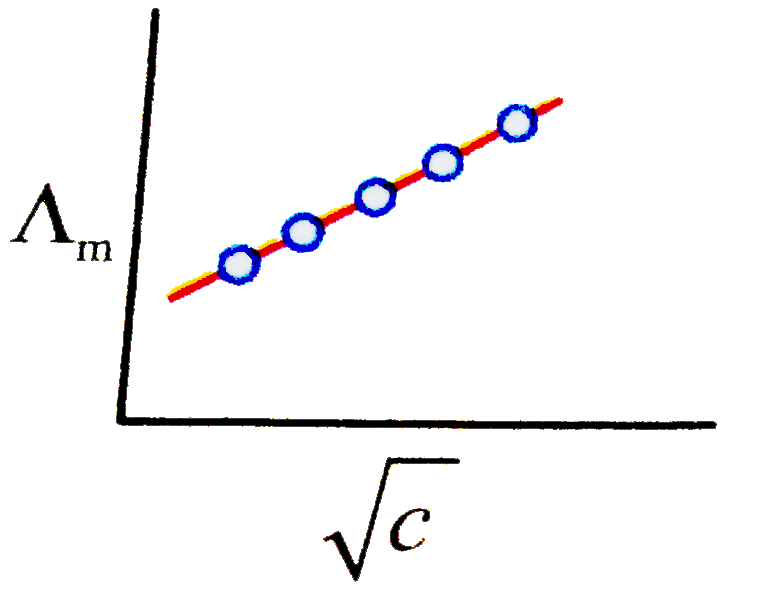 B
B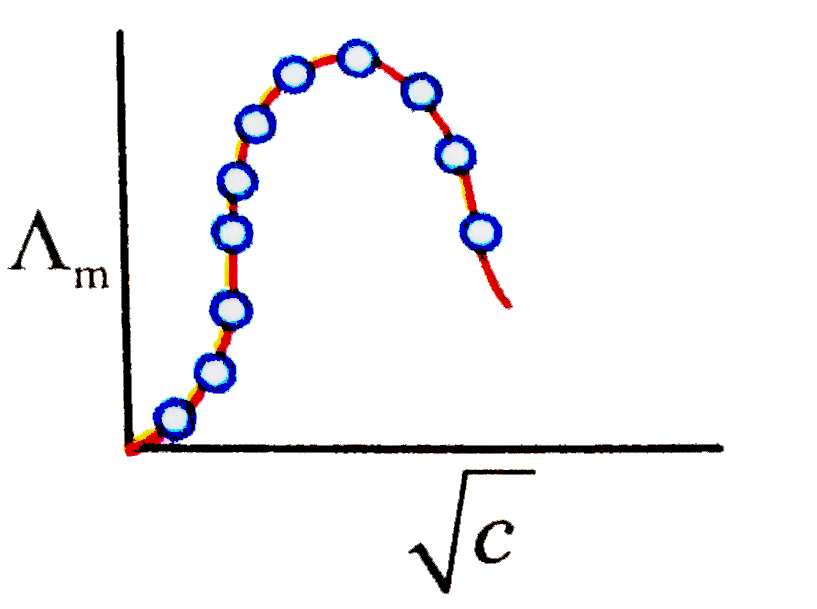 C
C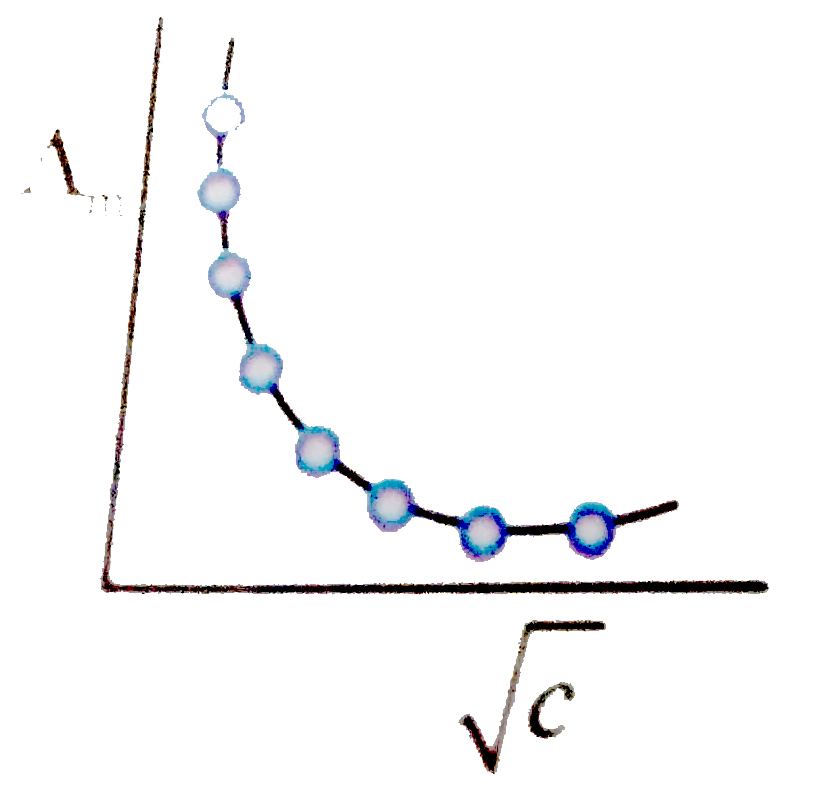 D
D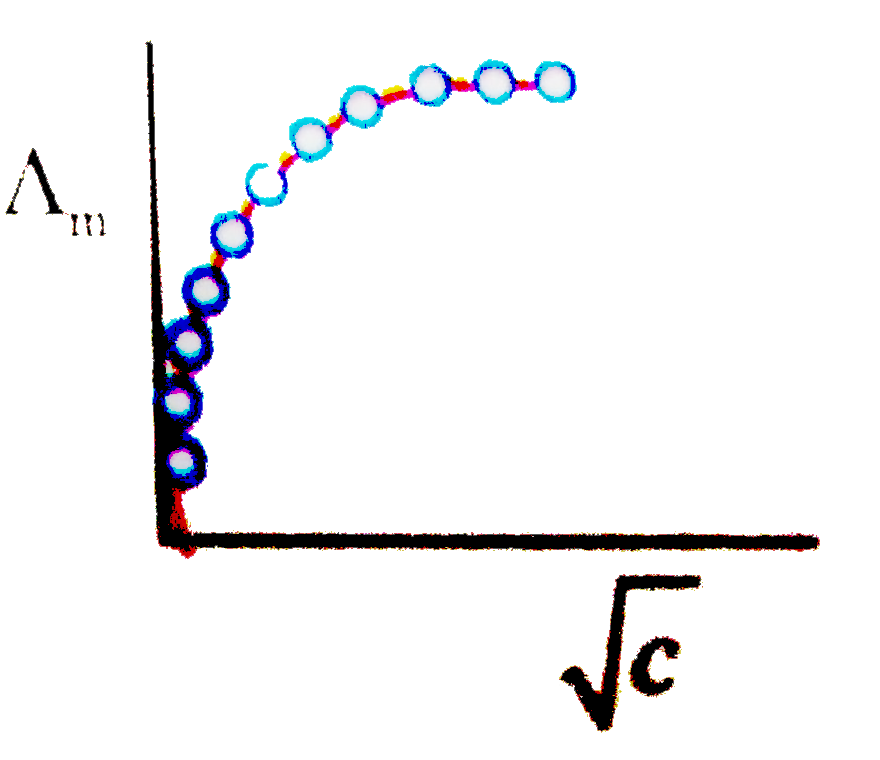
For the reaction A+B→C+D The variation of the concentration of the products is given by the curve
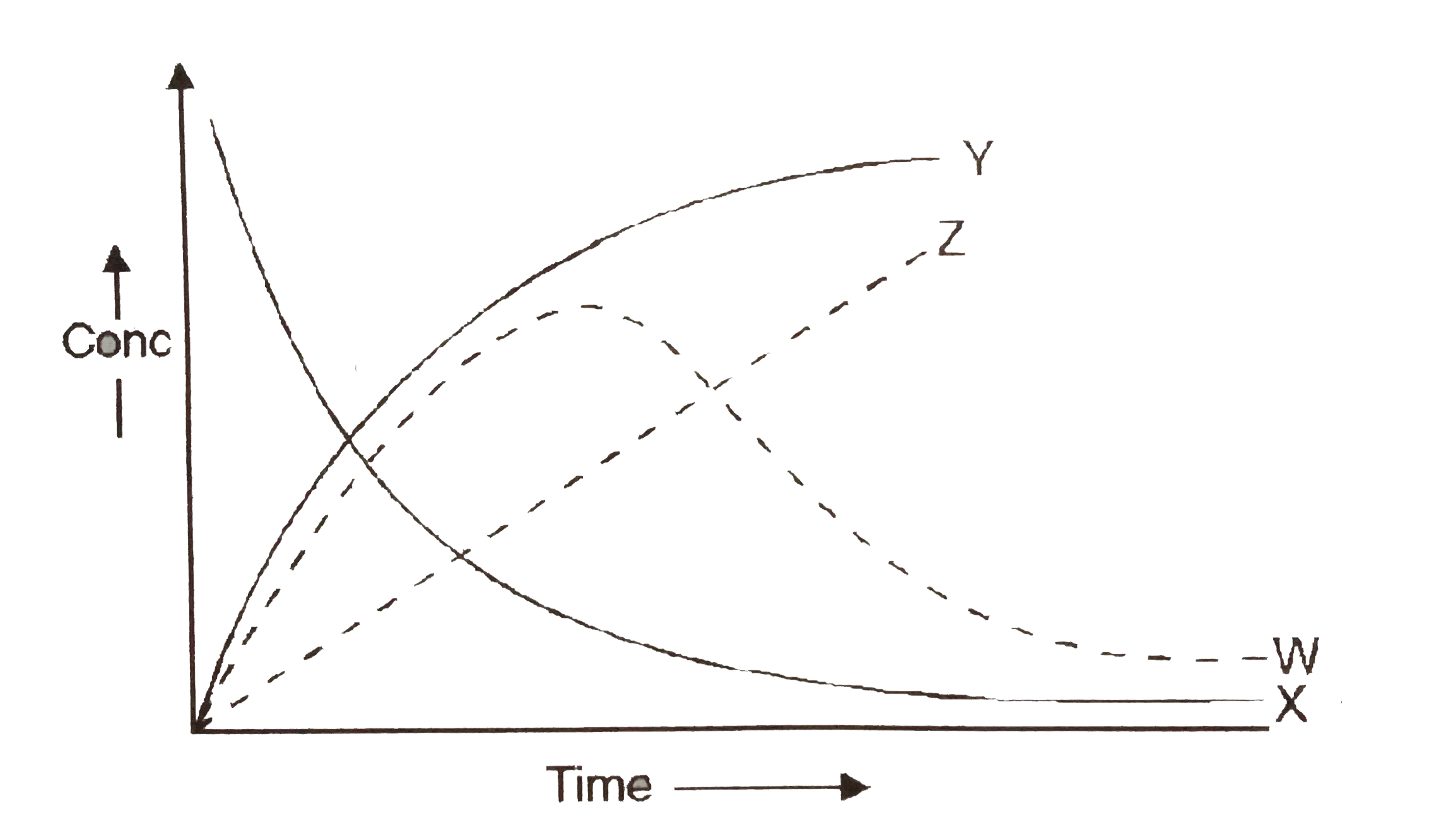 AXBYCWDZ
AXBYCWDZFor the reaction, A+B→C+D. The variation of the concentration of the products is given by the curve.
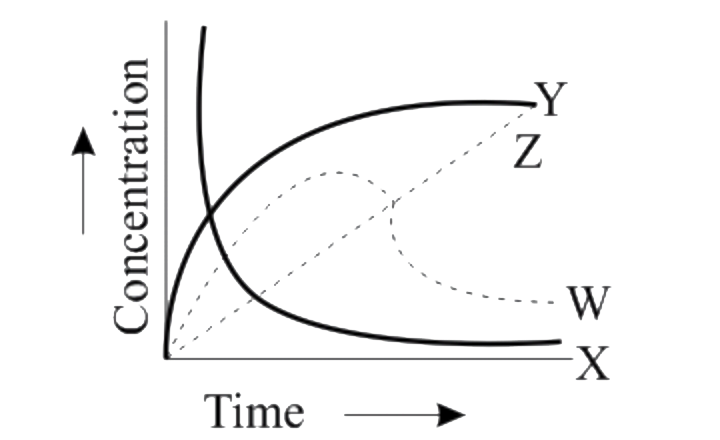 AXBYCZDW
AXBYCZDW
The variation of extent of adsorption with pressure at a given constant temperature is given in following figure
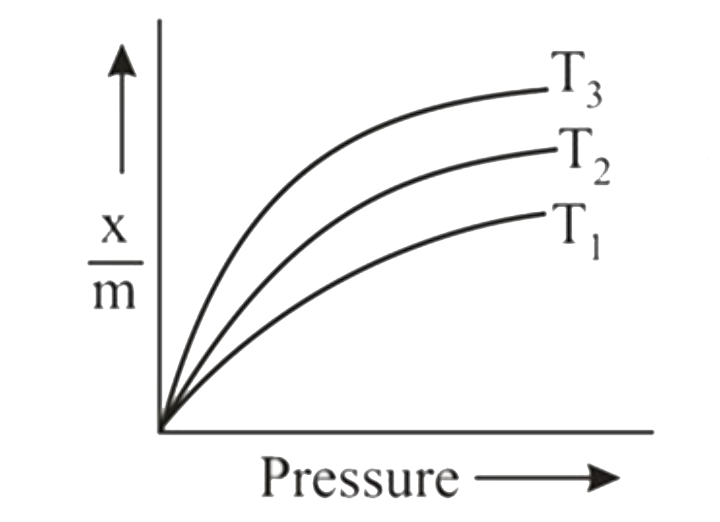
Which of the following relation between temperature of isotherms is correct ?
View SolutionThe variation of p(x/m) as a function of p when Lanmuir's is isotherm is valid is :
View SolutionThe variation of extent of adsorption with pressure at a given constant temperature is given in following figure

Which of the following relation between temperature of isotherms is correct ?
View SolutionThe amount of gas adsorbed (x/m) is the function of temperature and pressure, which can be shown as under
xm= f(p,T)
The variation x/m and p, at constant temperature is known as adsorption isotherm
i.e., x/m=f(p) at constant temperature
Seven type of physisorption isotherms are known. Some of them are shown below
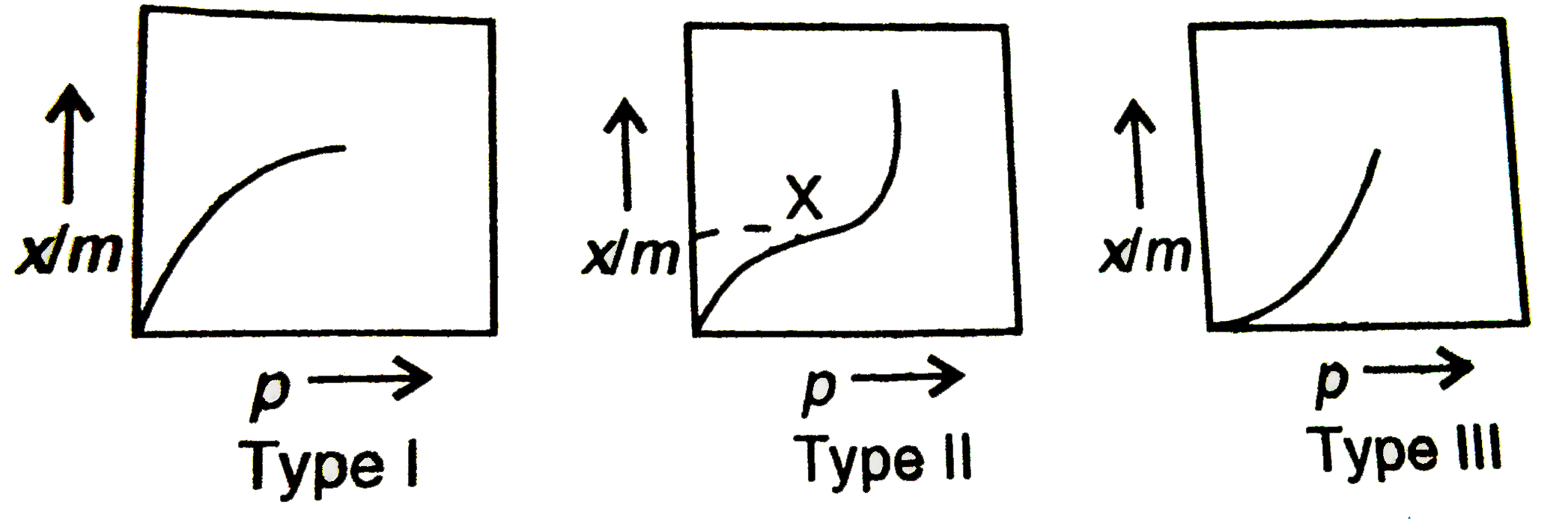
Physisorption Type I. Where there is formation of monolayer on the surface of adsorbent, this type of curve is obtained.
Physisorption Type II. The transition point 'X' of this physisorption isotherm indicates, that the formation of mono layer is complete and that of multilayer is started.
Physisorption Type III. This isotherm has no transition point. In this type of curve, the multimolecular starts before the completion of monomolecular layer.
On the basis of this comprehension, answer teh following question from the physisorption isotherm of a gas on a solid shown as under.
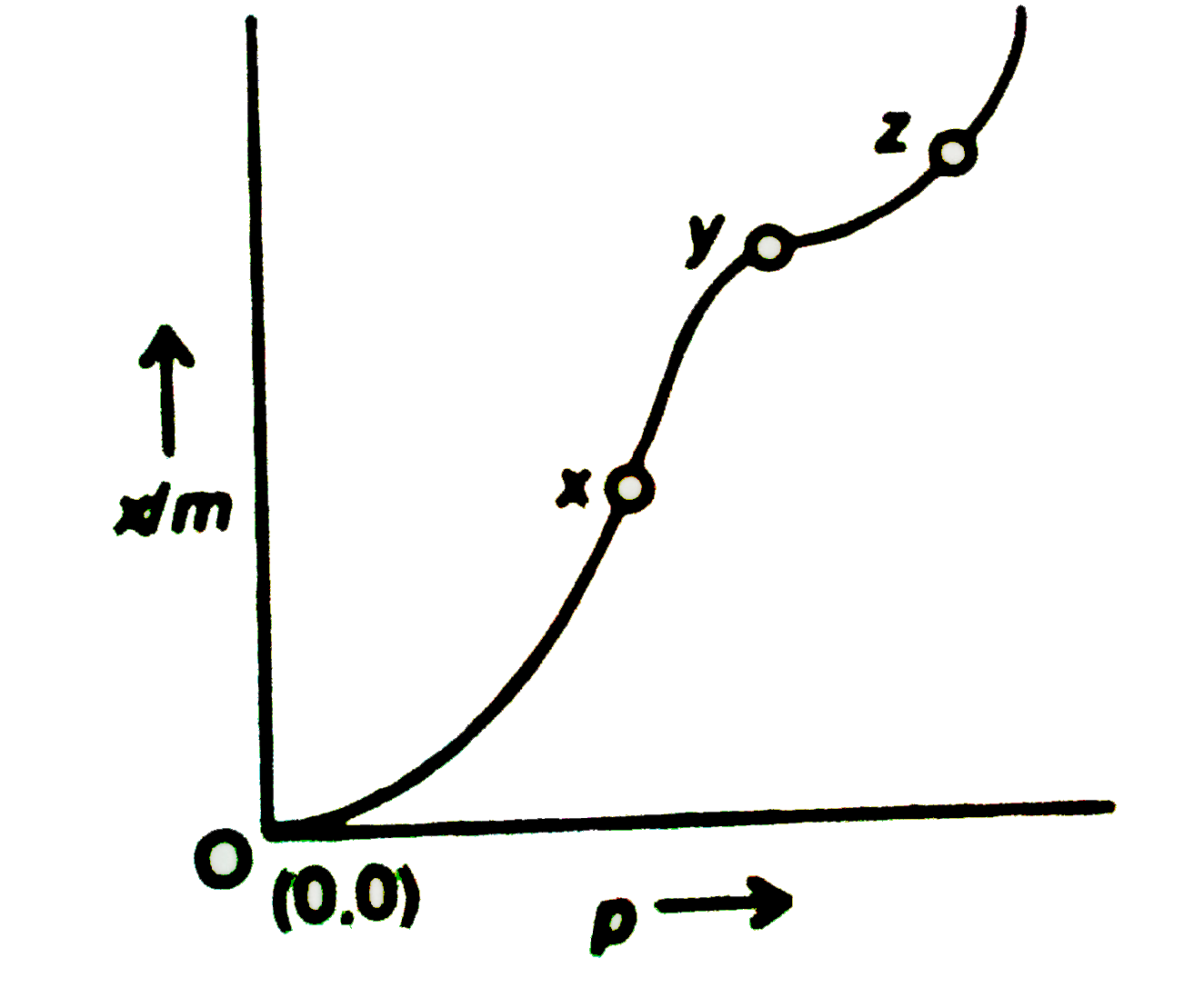
The portion ''OX'' of the physisorption isotherm represents
View SolutionFor the reaction, A+B→C+D. The variation of the concentration of the products with time is given by the curve:
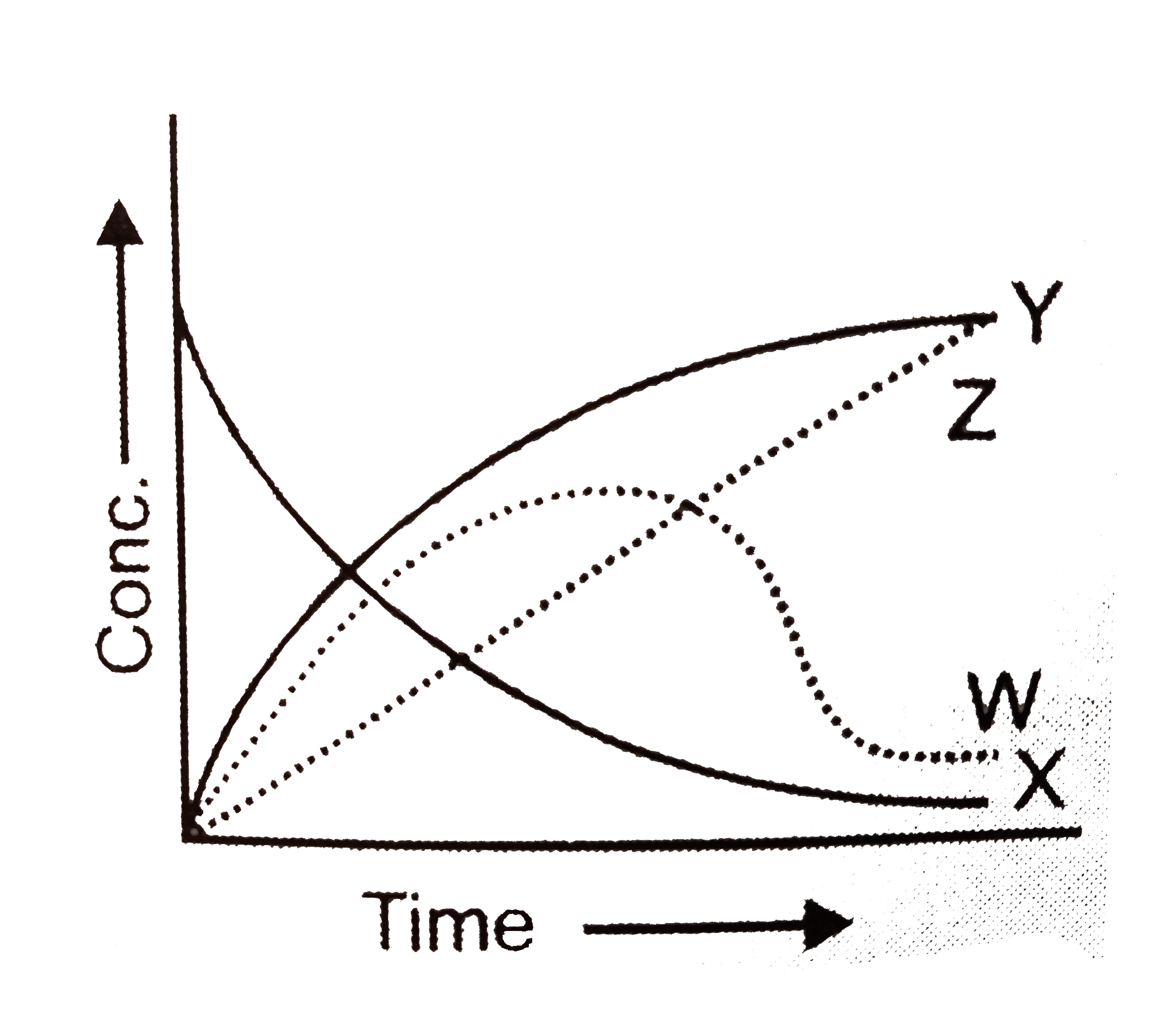
View Solution
